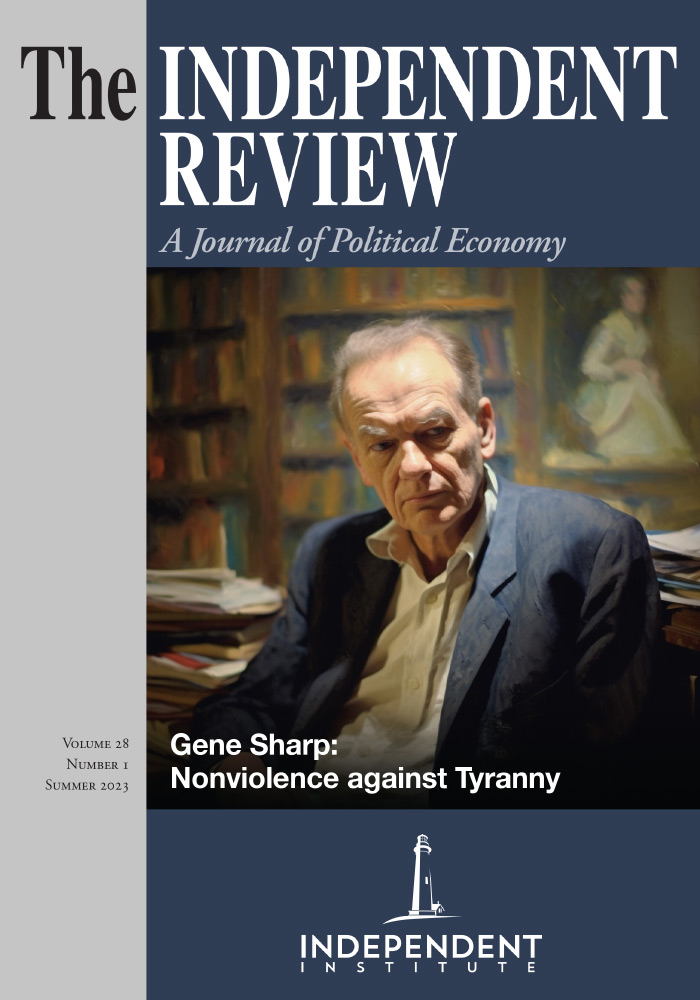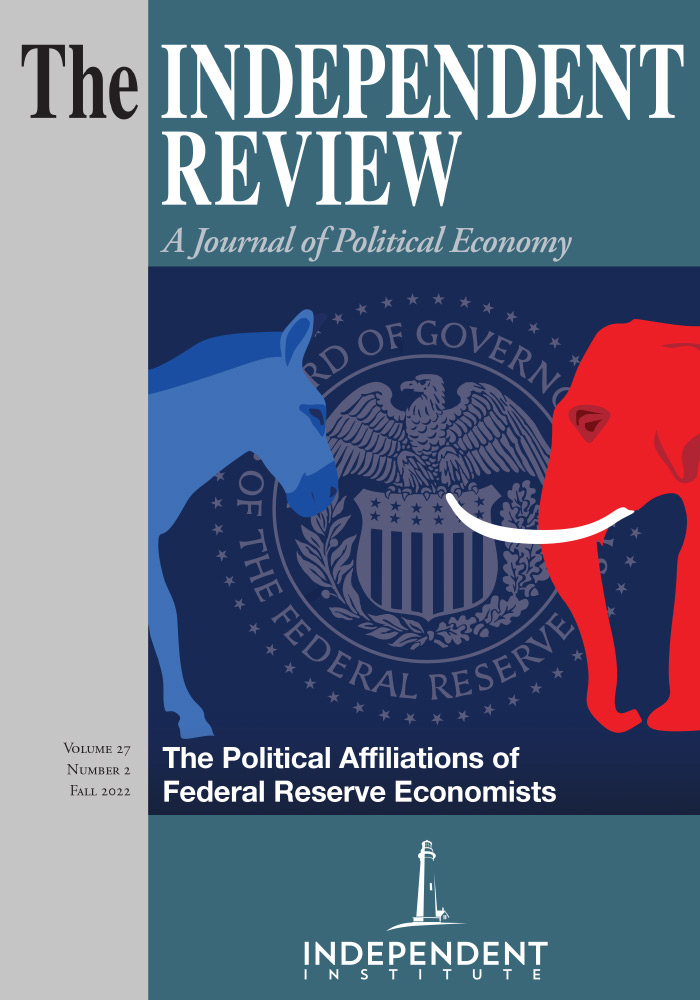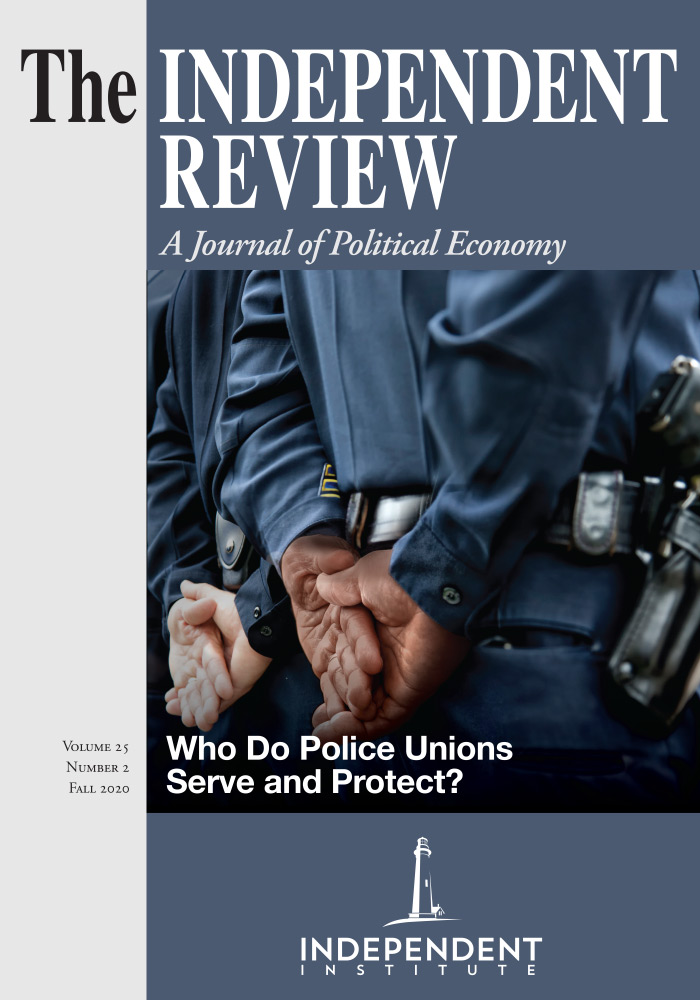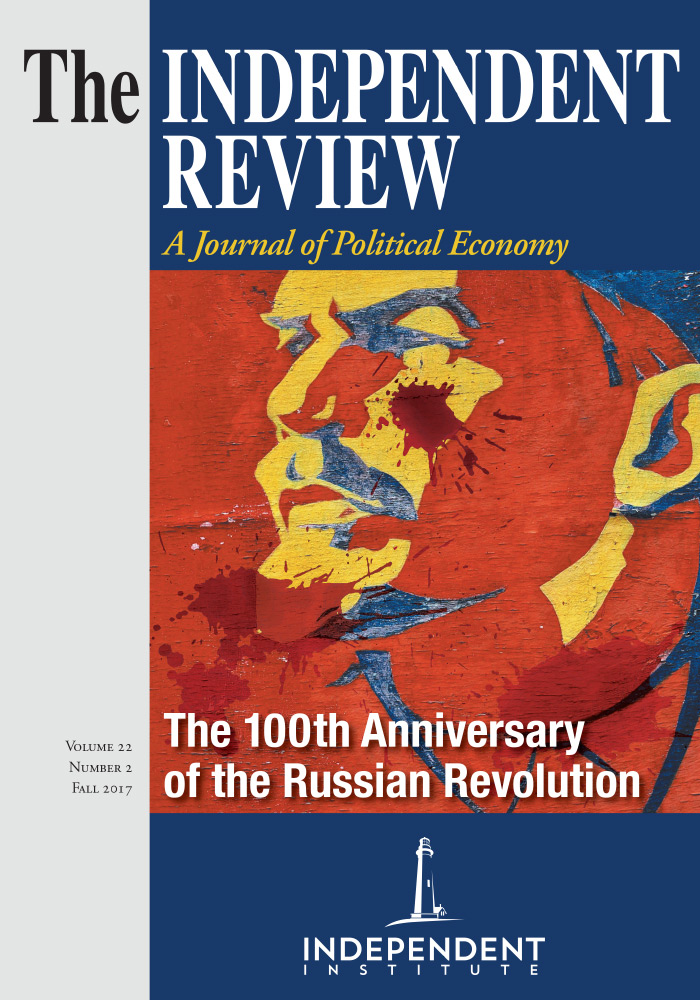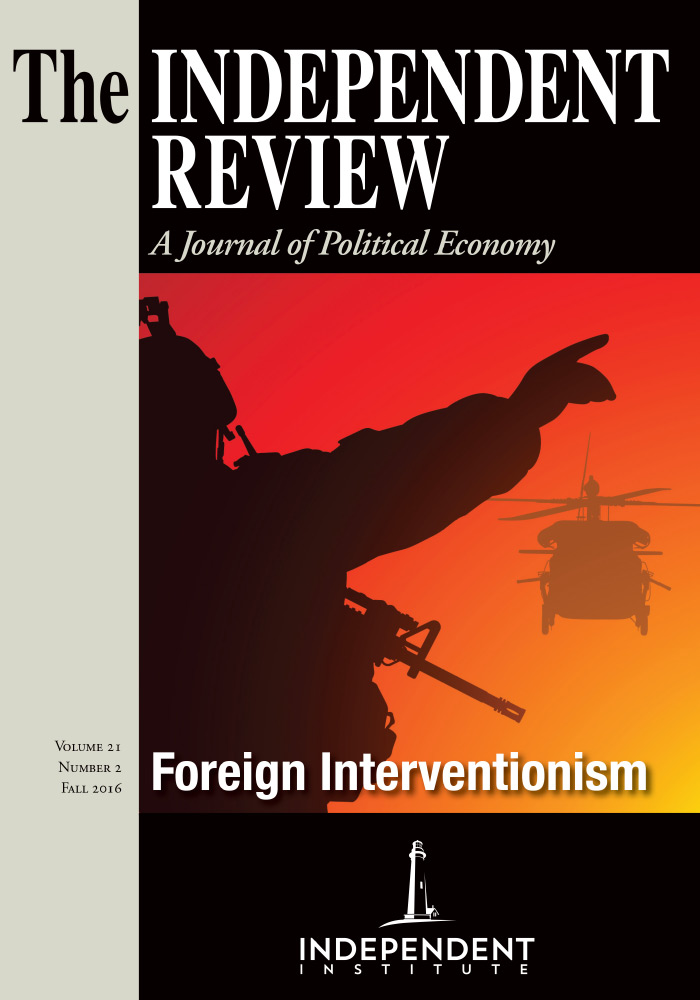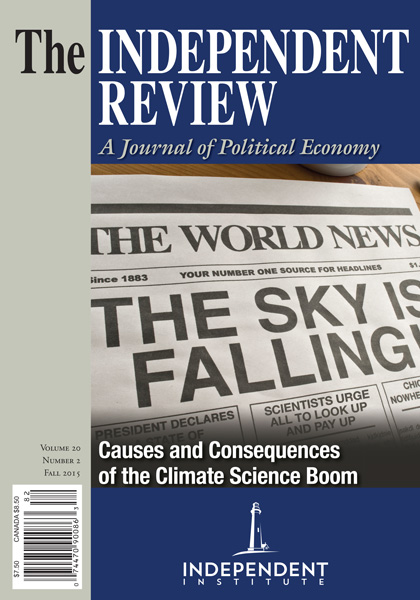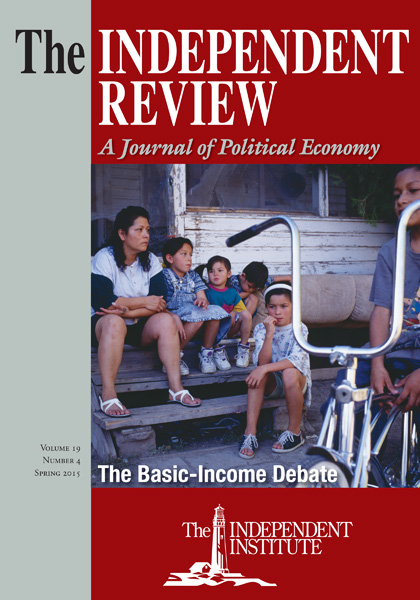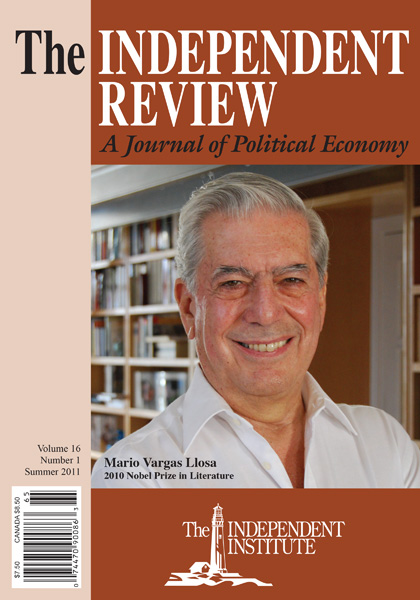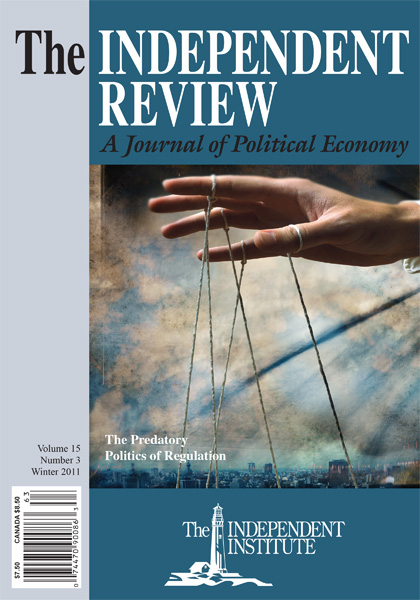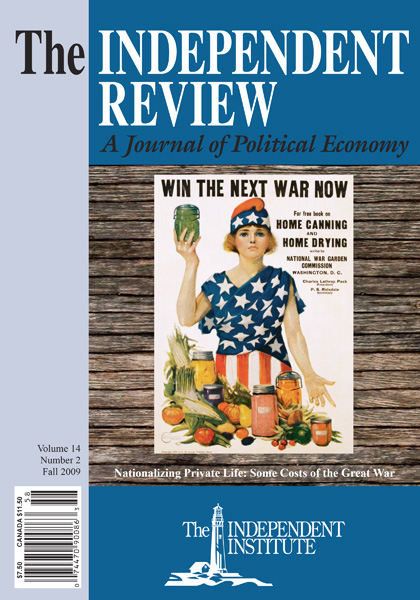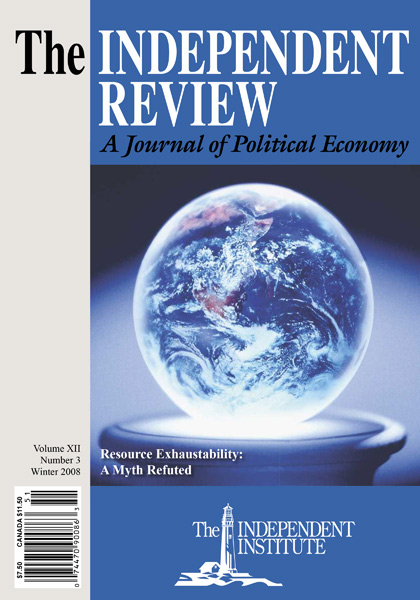This year marks the fiftieth anniversary of publication of Gene Sharp’s The Politics of Nonviolent Action. Economist Kenneth Boulding likened Sharp's book to The Wealth of Nations saying, “There is a single theme of immense importance to society played in innumerable variations.” The papers that constitute this symposium explore different aspects of Sharp’s book, emphasizing its contemporary relevance.
Article
This year marks the fiftieth anniversary of the publication of Gene Sharp’s insightful and important book, The Politics of Nonviolent Action, which was originally published in 1973. The papers that constitute this symposium explore different aspects of Sharp’s book, with an emphasis on its contemporary relevance. In this introduction, I provide an overview of the key themes of the book and the papers that follow.
The Politics of Nonviolent Action was a revised version of Sharp’s dissertation that he wrote while pursuing his doctorate at Oxford University.[1] His work on nonviolence was heavily influenced by Mahatma Gandhi, the focus of Sharp’s first two books (Sharp 1960, 1961). Nonviolent action refers to a range of activities aimed at bringing about change without resorting to physical and aggressive force. The theory of nonviolent action is, in reality, a theory of collective action: it seeks to understand how ordinary people can come together to use the power they possess against an opposition that possesses an advantage in physical violence. It is focused on strategic means and makes no normative judgment about whether the ends pursued are “good” or “bad.”
Sharp’s book consists of three parts, which together offer a comprehensive treatment of nonviolent action. The foundations of nonviolent are presented in part 1, “Power and Struggle.” Sharp begins by distinguishing between two views of political power. The monolith theory treats political power as given, durable, and concentrated in the hands of the political elite. In this view, the populace is dependent on government rulers, which limits the ability of people to exercise power in controlling the state.
The alternative to the monolith theory is the pluralistic-dependency theory of political power. This theory holds that political power results from the consent of the people and that the sustainability of the political elite depends on the tolerance of the populace. In contrast to the monolith theory, the pluralistic-dependency theory does not treat political power as fixed and given in the hands of a political elite. Instead, it is mutable, with citizens wielding significant leverage and influence over the political elite. The issue then becomes whether people recognize the power they possess and whether they are capable of coordinating with others to carry out nonviolent action.
Sharp recognizes that exercising this social power is challenging because a number of factors incentivize citizen obedience to the state. These include (1) habits of consent to political authority, (2) the fear of sanctions by political authorities, (3) a sense of moral obligation to obey political authorities, (4) self-interest resulting from the benefits and privileges gained by obedience to the state—e.g., income and status, (5) an emotional or psychological connection with political authorities as irreplaceable and necessary leaders, and (6) indifference to political authority, which fosters tolerance of their actions. Citizens’ capability to overcome the sources of obedience to political authority opens the door to the possibility of nonviolent action, and thus social change.
In part 2, “The Methods of Nonviolent Action,” Sharp turns to the techniques of carrying out nonviolent action. These methods vary greatly and may include actions of omission—not doing something a person would otherwise do—as well as actions of commission—doing things, whether legal or illegal, that a person would not normally do. Sharp catalogs 198 methods of nonviolent action, which he recognizes is an incomplete list, across five categories. The categories are (1) nonviolent protests and persuasion, such as public speeches and the distribution of leaflets and pamphlets; (2) social noncooperation, such as boycotts and the suspension of social and sports activities; (3) economic noncooperation, such as economic boycotts and strikes; (4) political noncooperation, such as boycotting elections and refusing to show public support; and (5) nonviolent interventions, such as sit-ins and participation in social institutions that are parallel to, yet independent of, government institutions.
In part 3, “The Dynamics of Nonviolent Action,” Sharp discusses the issues of planning, organization, and structure associated with nonviolent action. He emphasizes the importance of leadership for organizing nonviolent action, facilitating adaptation as conditions change, and providing inspiration and encouragement to participants. He also discusses how participants in nonviolent action can respond when political authorities engage in violence. He argues for the strategic value of maintaining discipline and a commitment to nonviolence in the face of violent repression. The strategy of remaining firm on nonviolent action, what Sharp calls “political jiu-jitsu,” can undermine the legitimacy and support of political authorities by exposing the brutality of their violent repression against the nonviolence of the populace.
Additionally, Sharp defines three types of potential success from nonviolent action. One is “conversion,” which occurs when an opponent legitimately changes its position to implement the changes demanded by those engaged in nonviolent action. The second, “accommodation,” occurs when the opposition doesn’t change its position but acquiesces because of the success of nonviolent action in undermining its authority. In this case, compromising is preferable to losing all political power. The third possibility is “nonviolent coercion,” where the political elites are unable to continue to fight because their legitimacy has been sufficiently undermined such that they lose the ability to broadcast power over the populace.
In his review of The Politics of Nonviolent Action, Kenneth Boulding (1974), an economist and one of the founders of the field of peace and conflict economics, noted, “There are some works that bear the unmistakable stamp of the classic ... and this work is a good candidate for the honor” (140). Boulding went on to say, “There is something in this volume indeed which reminds one of [Adam Smith’s] The Wealth of Nations. There is a single theme of immense importance to society played in innumerable variations throughout the whole work. There is a wealth of historical illustration and details. There is a distinct view of society as a whole seen perhaps from a somewhat unfamiliar angle” (140). Sharp’s work has been foundational to the growing scholarship on nonviolent action (see Ammons and Coyne 2020 for a review). And, as the papers in this symposium show, his insights continue to remain relevant today.
In the first paper, Yahya Alshamy, Joshua Ammons, Nathan Goodman, and I connect Sharp’s work on nonviolent action to the theory of the market process, emphasizing the unique character of nonviolence in markets. Proponents of markets tend to neglect the role that nonviolent action plays in fostering peaceful arrangements; scholars focused on nonviolent action tend to neglect the role of markets as a space for nonviolent action. Our paper highlights an overlooked marvel of the market—that market interactions foster a culture of peace through nonviolent action.
Next, Mikayla Novak explores the legacy of The Politics of Nonviolent Action and evaluates its continuing theoretical and empirical relevance for the study of social movements. She explores the role of nonmaterial factors, such as emotions and ideological beliefs, in motivating nonviolent action against sources of authority. Novak also discusses recent theoretical developments and empirical findings on nonviolent action and finds that they support Sharp’s original insights.
Building on Gene Sharp’s argument that violence and nonviolence are held to different standards of success, Ned Dobos explores what he calls the “effectiveness asymmetry.” Dobos argues that when nonviolence fails, it is often seen as an indicator of the broader lack of effectiveness of this method for resolving conflict; but when violence fails, it is not seen in a similar general light. Likewise, when violence is successful, it is often taken as proof that this method works in general, while the same logic is not applied to instances of successful nonviolence. This asymmetry, Dobos argues, has important implications for human well-being because it results in violence being viewed as superior to nonviolence in achieving power. The asymmetry can make unjust wars appear just. It can also contribute to a pro-military bias leading to the support of existing military institutions and the neglect of alternatives, such as institutions supporting nonviolence.
In a similar vein, Laurie Calhoun notes that despite numerous successful campaigns of nonviolence during the twentieth century, the pro-military and pro-violence presumptions remain in place. Focusing on the United States and drawing on Sharp’s theory of how tyrannies can sustain once established, she explores the implications of what she calls “tyranny reversed engineered.” Under this scenario, tyranny emerges not through top-down authoritarianism, but from the bottom up as citizens slowly give up the control over their lives to the political elite. Because this happens slowly through time, many citizens will continue to support their government even though their rights and liberties are eroding. Calhoun’s paper identifies ways that citizens can be habituated to accepting and supporting political authority, which can limit nonviolent action as a viable option.
Finally, Muhammad bin Yahya Al-Ninowy and Yahya Alshamy consider the place of nonviolence in Islam. They note that Muslim-majority countries have experienced disproportionately higher rates of authoritarianism and violent conflict, leading to misconceptions regarding the relationship between Islam and violence. They seek to correct the record by providing a consistent view of the fundamental general principle of nonviolence as the Quran and Prophetic tradition present it. They carefully define the concept of jihad, emphasizing the priority, importance, and obligation of nonviolent jihad, in contrast to the mistaken popular understanding of violent jihad. They then discuss how the Quran and Prophetic tradition emphasize the obligation to self-defense against violent aggression through all possible nonviolent means. Al-Ninowy and Alshamy’s paper makes the important contribution of clarifying the relationship between Islam and nonviolence.
Together, the papers in this symposium demonstrate the continued importance of The Politics of Nonviolent Action. The contributors only scratch the surface, and there are many related topics for further study, which speaks to the lasting importance of Sharp’s research program. In his review of The Politics of Nonviolent Action, Boulding praised Sharp for writing a book with a “wholly honorable passion for human betterment through intellectual clarification” (140). The papers that follow continue in this spirit, and my hope is that they will inspire others to do the same by appreciating the importance of nonviolence.
Notes
[1] See Ammons and Coyne (2018) for an overview of Sharp’s career and scholarship.
References
Ammons, Joshua, and Christopher J. Coyne. 2018. Gene Sharp: The “Clausewitz of Nonviolent Warfare,” Independent Review 23, no. 1: 149–56.
———. 2020. Nonviolent Action. In Bottom-Up Responses to Crisis, edited by Stefanie Haeffele and Virgil Henry Storr, 29–55. Mercatus Studies in Political and Social Economy. Cham, Switzerland: Palgrave Macmillan.
Boulding, Kenneth E. 1974. Review: Sharp, Gene. The Politics of Nonviolent Action. Armed Forces & Society 1, no. 1 (Fall): 139–44.
Sharp, Gene. 1960. Gandhi Wields the Weapon of Moral Power: Three Case Histories. Ahmedabad, India: Navajivan.
———. 1961. Gandhi Faces the Storm. Ahmedabad, India: Navajivan.
———. 1973. The Politics of Nonviolent Action. 3 parts. Boston: Porter Sargent.
| Other Independent Review articles by Christopher J. Coyne | ||
| Spring 2024 | Murray Rothbard on War and Foreign Policy | |
| Fall 2023 | Kenneth Boulding: Knowledge, Conflict, and Power | |
| Summer 2023 | The Market Process as Nonviolent Action | |
| [View All (46)] | ||

